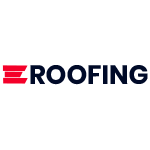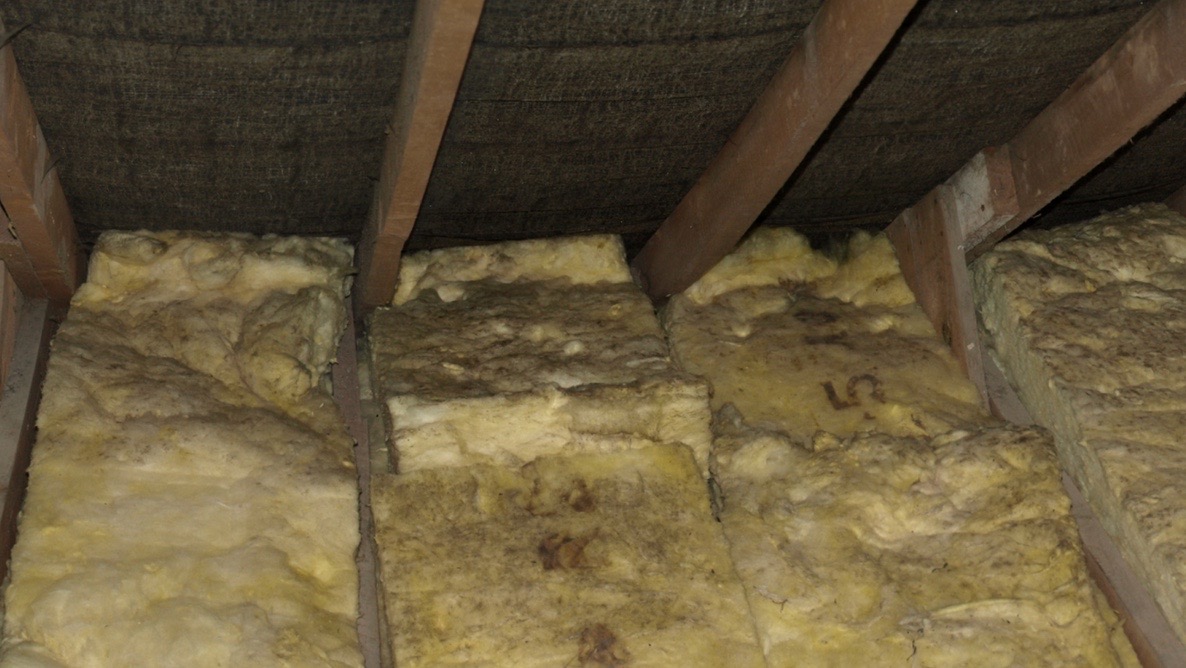When it comes to maintaining your home, the roof often takes centre stage. However, one crucial aspect that many homeowners overlook is proper ventilation. Ventilation plays a pivotal role in roof health, impacting everything from energy efficiency to the longevity of your roofing materials.
In this article, we’ll explore why ventilation is so important for your roof and share best practices to ensure your home stays in top condition.
Whether you’re dealing with hot summers or cold winters, understanding and implementing effective ventilation strategies can save you from costly repairs and enhance the comfort of your living space.
Let’s dive into how you can protect your roof and, by extension, your entire home.
Why do roofs need proper ventilation?
Roofs are one of the main areas that develop condensation and moisture buildup due to the natural pattern of warm air. All warm air rises, so it will inevitably end up within your roof and attic space.
As the air hits the cold surface of your roof, the reaction causes condensation, which either remains on the surface or drips into the property.
The result? You guessed it: moisture, mildew, and mould, the latter of which can cause severe health problems.
However, roofs with proper ventilation can divert moisture from the building, preventing adverse effects and maintaining a consistent temperature.
How does moisture occur in roofs?
According to National Energy Action, the average household can generate almost 20 litres of moisture weekly just by showering, bathing, washing, and cooking. Drying clothing indoors can add up to 15 litres of moisture each week.
Our activities – even the most mundane ones – could be causing harm to our homes. Let’s explore the main ways moisture will enter into roof spaces.
The weather
Roofs protect buildings from rainfall and keep them dry, but even the most durable roofing systems can let tiny droplets of water through. While they don’t cause many problems, severe weather can cause larger gaps and water damage.
Daily living
Poorly ventilated homes collect more moisture than those with proper ventilation measures. It’s impossible to avoid showering or drying clothes, but the moisture created by wet clothes and hot water can result in excess condensation.
Construction materials
Building materials can hold moisture, which often takes a couple of years to dry out. Homes with proper ventilation don’t notice any issues, but the humidity needs an escape route through your roof.
The dangers of poor roofing insulation
Insulating your roof might seem inconvenient, but the initial work and expense can save a lot of money in the long term. There are many risks associated with poor ventilation, including:
- Inconsistency: Homes with inconsistent temperatures are annoying. You sit in one room, and it feels warm, then go into another and need a jumper. Ventilation ensures your property can maintain consistent temperatures.
- Higher Bills: Constantly trying to heat or cool your home will increase your bills. However, homes with proper roof insulation can decrease their reliance on artificial heating.
- Structural Damage: Water seeping into walls and ceilings can impact structural integrity, leading to expensive repairs. In worst-case scenarios, structural issues can cause severe injuries.
- Mould Growth: Mould spores love moisture; the more it there is, the faster it grows. Mould and mildew have distinct odours and are hard to remove once they penetrate the property’s ceilings, flooring and walls.
- Health Issues: Long-term exposure to condensation, mildew, and mould can cause allergic reactions, respiratory problems and gastric issues.
The best types of roof ventilation
Roofing ventilation generally falls into two categories: warm and cold. The one you choose will depend on your roof’s type, but both offer a range of benefits and are relatively easy to install.
Warm roof ventilation
Warm roofs aren’t common in the UK, but they have grown in popularity recently. With warm roofing systems, insulation is above the structure, meaning the deck is within the building’s heated area.
Homes with warm roofs can benefit from cavity-free zones, so they don’t require excess ventilation. However, roof windows and chimneys require some ventilation to ensure moisture is diverted from the building.
Warm roofs often use the following ventilation types:
- Chimney Vents: A professional service will place vents in the chimney area to decrease the risks of moisture buildup.
- Air Gaps: If your warm roof needs extra ventilation, you can create an air gap between the roof’s deck and insulation.
- Window Ventilation: Modern roof windows usually have built-in ventilation, but you can also use trickle vents.
Cold roof ventilation
Cold roofs are popular in the UK, as they’re easy to install and highly accessible. Instead of placing insulation above the structure, they use it between the roof’s rafters, creating a cavity that facilitates ventilation.
These roofs are popular because they’re affordable, but they do have some drawbacks. Ventilation is essential in cold roofs, as the insulation traps moisture but doesn’t divert it from the property.
The types of cold roof ventilation include:
- Dry Ridge Vents: These vents go along the roof’s peak and let air escape through the cavities.
- Eaves Vents: Most eaves vents are located along the roof’s soffits or other low areas. Their main role is encouraging fresh air into the cavities and reducing moisture.
- Tile Vents: Some roofs also have vents in the tiles, which can benefit smaller roofing systems.
Choosing the correct ventilation for a cold roof can be challenging, especially if you’re unsure which is best. Consulting with a professional can help you identify the right types of ventilation and protect your home.
The bottom line
A ventilated roof is integral to ensuring minimal moisture damage to your property and reducing the risks of mould growth. Once you know your roof type, it’s easy to choose ventilation options and look forward to a damage-free property.
If you’re looking for high-quality supplies, shop roofing materials with us. As one of the go-to places for high-quality materials, E-Roofing stocks products from reputable manufacturers and has a dedicated team of experts ready to offer support.
Please feel free to contact us today if you have any questions.






